Cellular Connections Made Affordable
NB-IoT and LTE-M modules are available in small form factors with low hardware and maintenance costs. They are as affordable as alternative technologies — with added cellular network advantages.
Get to know our cellular LPWA LTE-M and NB-IoT portfolio.
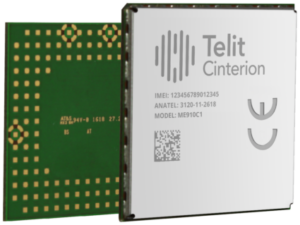
Our LTE-M and NB-IoT (NB1 and NB2) module portfolio supports 3GPP Release (Rel) 14’s Power Saving Mode (PSM) and extended Discontinuous Reception (eDRX). PSM and eDRX allow the module to wake up periodically, exchange small data amounts with the network and return to sleep, providing years of battery life.
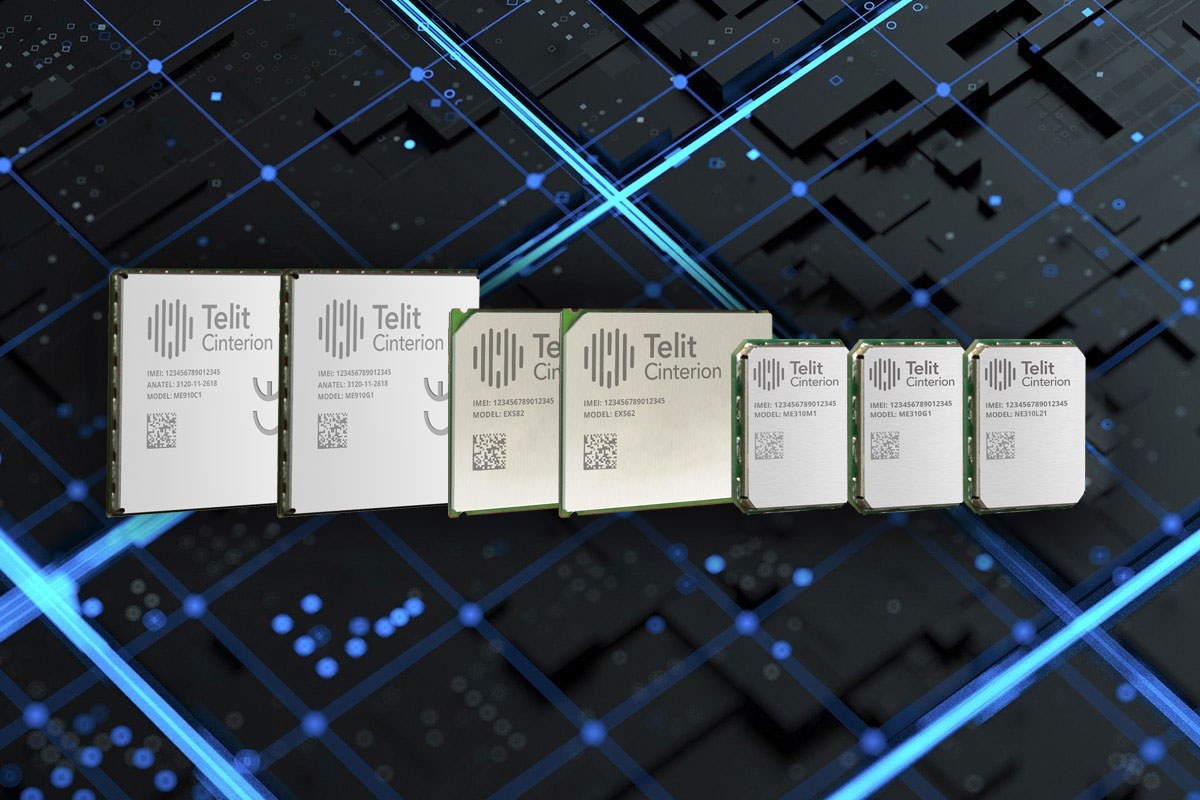
Start fresh with the xE310 family or refresh existing xE910- or xL865-based device designs. You can choose dual-mode LTE-M/NB-IoT modules available with 2G fallback or single-mode NB-IoT and optional embedded GNSS.
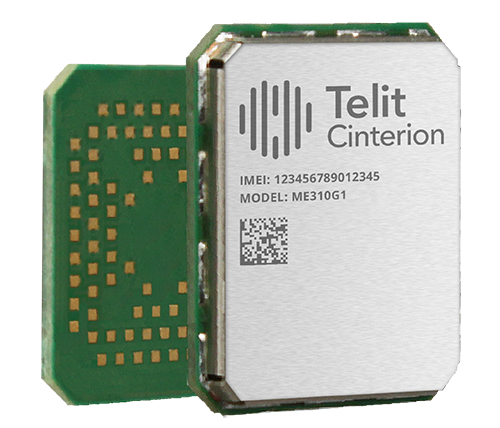
The xE310 form factor family (13.1 x 14.3 mm and 15 x 18 mm) offers single-mode NB-IoT and dual-mode LTE-M/NB-IoT variants that go down to less than 170 mm2. Its LGA form factor is based on a 94-pad grid. The pads include RF and standard spares and functionality bundling with technologies (e.g., positioning and Bluetooth).
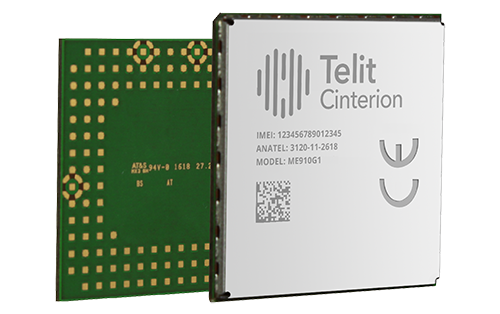
Single-mode NB-IoT and dual-mode LTE-M/NB-IoT xE910 (28.2 x 28.2 mm) and xL865 (24.4 x 24.4 mm) variants replace 2G and 3G versions in existing devices. They can also connect an array of new machines made possible by lower power and better reach and range than higher category LTE.
Today’s cellular LPWA solutions overcome three former obstacles to widespread adoption: cost, in-building penetration and battery life.
NB-IoT and LTE-M modules are available in small form factors with low hardware and maintenance costs. They are as affordable as alternative technologies — with added cellular network advantages.
NB-IoT and LTE-M standards improve propagation into places where normal LTE connections were lost (e.g., subways and elevators). LTE-M can support a 164 dB MCL. Lower power and better coverage.
Device designs that take advantage of eDRX and PSM can minimize power usage. IoT devices can run on quarter-sized batteries for 10 years without recharging or replacing them.
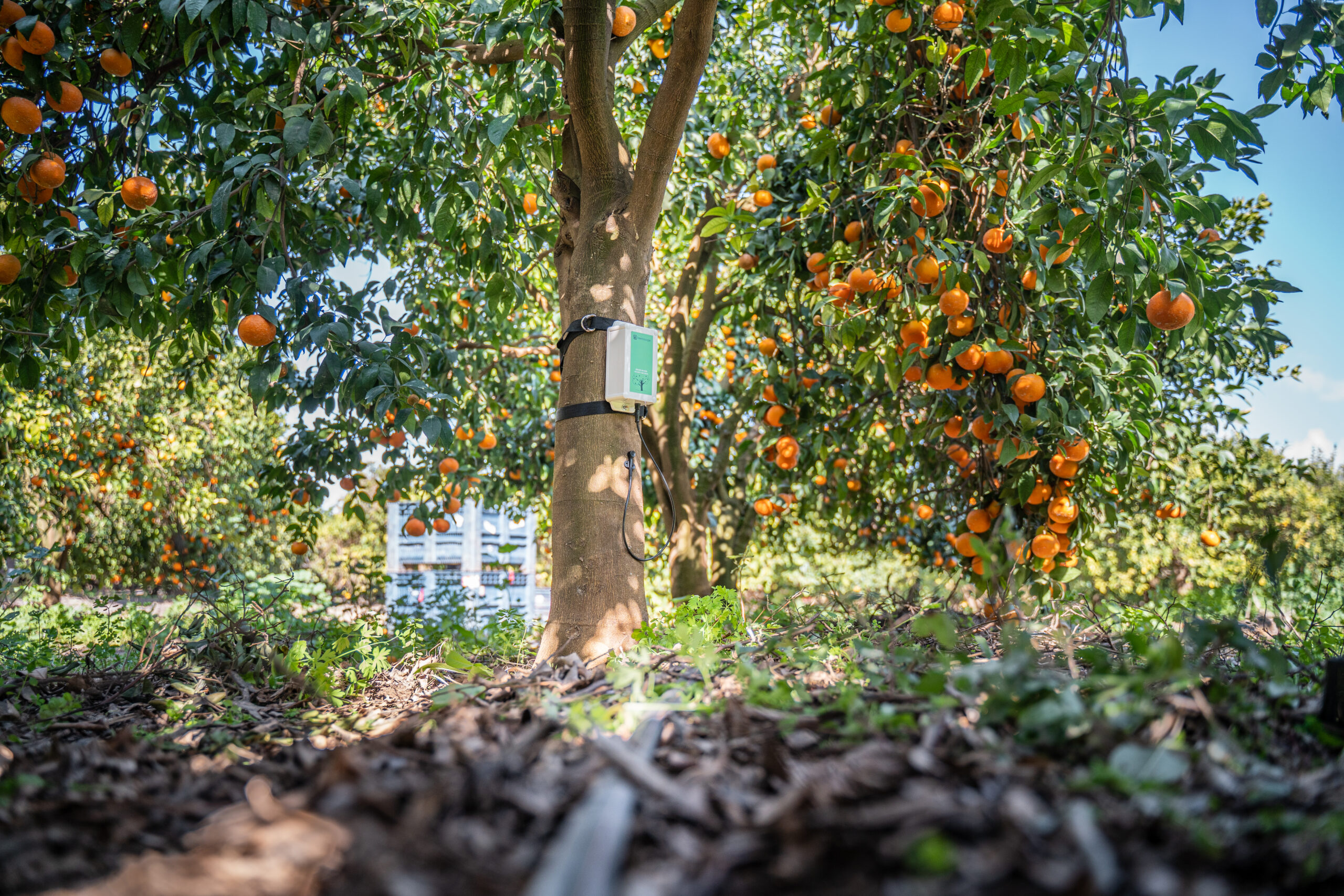

Treetoscope develops precision irrigation and plant monitoring technology. The company’s smart irrigation management solution leverages our IoT modules, connectivity and platforms to enable accurate, reliable insights for crop water use.
Learn MoreWhat is mobile IoT?
Mobile IoT networks are also called cellular LPWA or cellular IoT. They address the need for long-range connectivity that doesn’t come with unwieldy energy or budget expenditures.
Mobile IoT technology supports devices requiring limited bandwidth to function and aren’t communicating constant information streams. For IoT projects with needs that fit these criteria (e.g., connected sensors and meters), mobile IoT’s focus translates to a longer effective lifetime for battery-powered devices. It also means relatively low costs for powering and maintaining devices — making mass deployment and management possible.
Which industry applications benefit from cellular LPWA modules?
Why should organizations invest in cellular LPWA IoT solutions now instead of waiting for full 5G rollout?
5G is changing how we connect and powering IoT growth across industries. While waiting for full 5G might seem smart, it can slow progress.
Cellular LPWA technologies (LTE-M and NB-IoT) already support 3GPP Releases (Rels) 12–14. They also support features from later releases like Rel 17 for non-terrestrial networks (NTNs). These technologies are:
Investing now helps avoid delays later and ensures a smoother shift to 5G.
What connectivity management services are available for large-scale LTE-M and NB-IoT deployments?
We offer various cost-effective global connectivity subscriptions to support large LTE-M and NB-IoT deployments. Our comprehensive connectivity value-added services and management tools deliver:
These services and more give you control and visibility over every device in your deployment, from dozens to millions.
Why is cellular IoT viable for large-scale deployments?
Cellular IoT used to be too costly and complex for many uses. That changed in 2016 with 3GPP Release 13. It introduced new standards that made IoT devices smaller and cheaper.
Release 14 improved those standards. Technologies like NB-IoT and LTE-M offer strong performance at low cost. These cellular LPWA solutions have long battery life, work well indoors, and are highly reliable.
They can track cargo across countries or find parking spots underground. Cellular IoT is ready for wide-scale use.
Are your cellular LPWA modules certified for global use?
All our LPWA products are certified for North America, EMEA and APAC. The following modules are available for the worldwide market:
We’ve pioneered IoT products and solutions for over 30 years. Speak with our mobile IoT experts today to get started on your cellular LPWA solution.